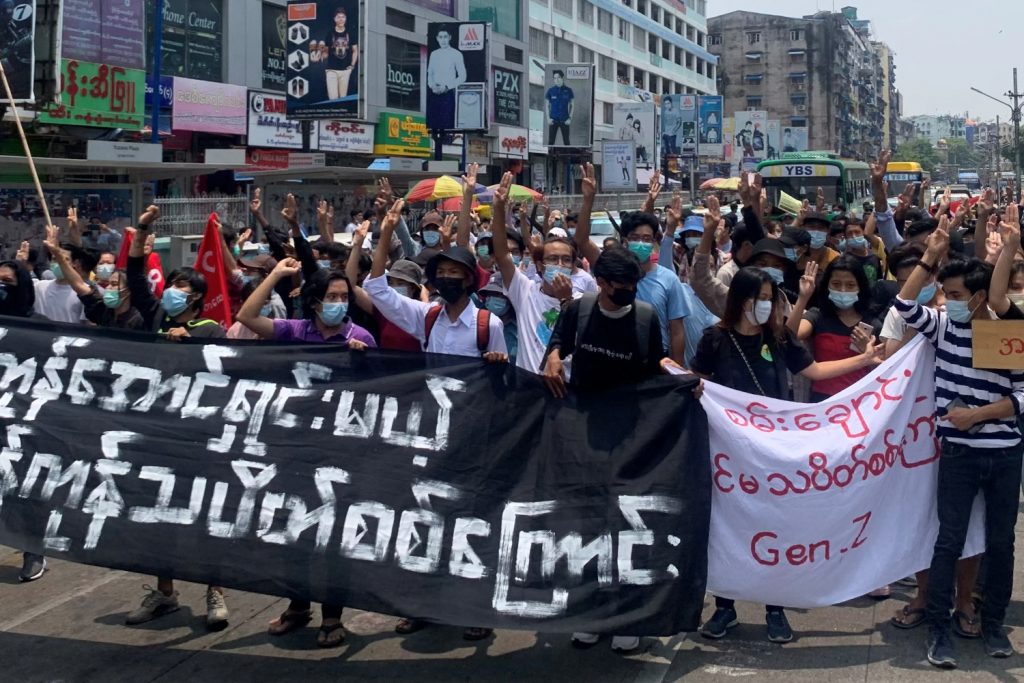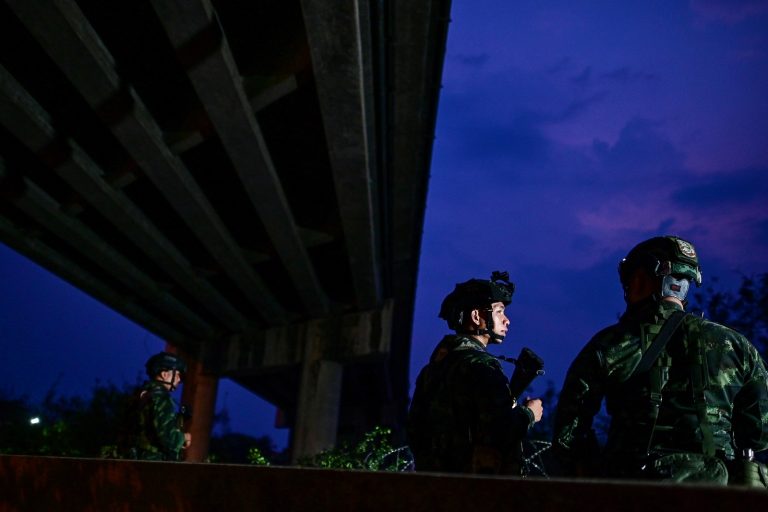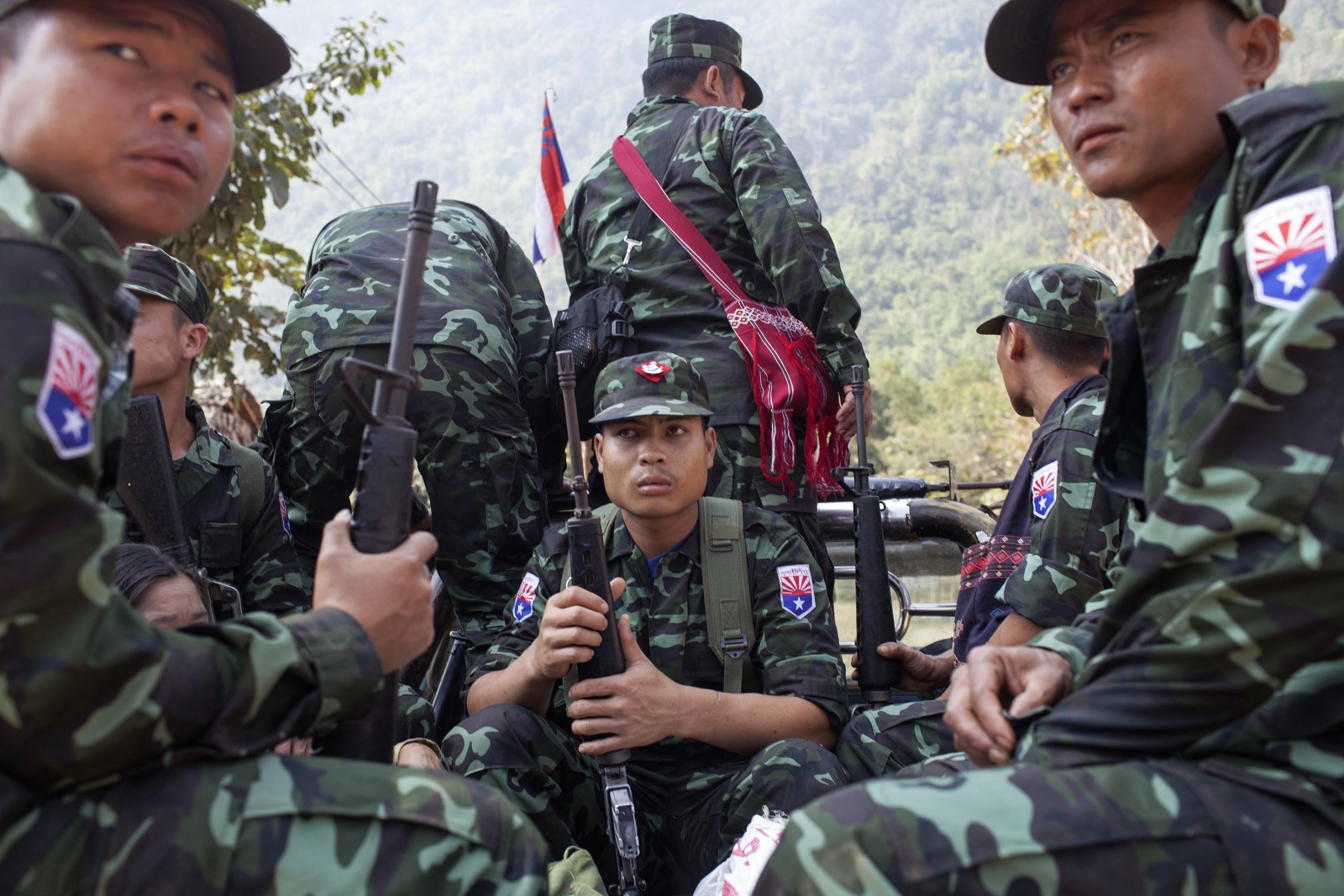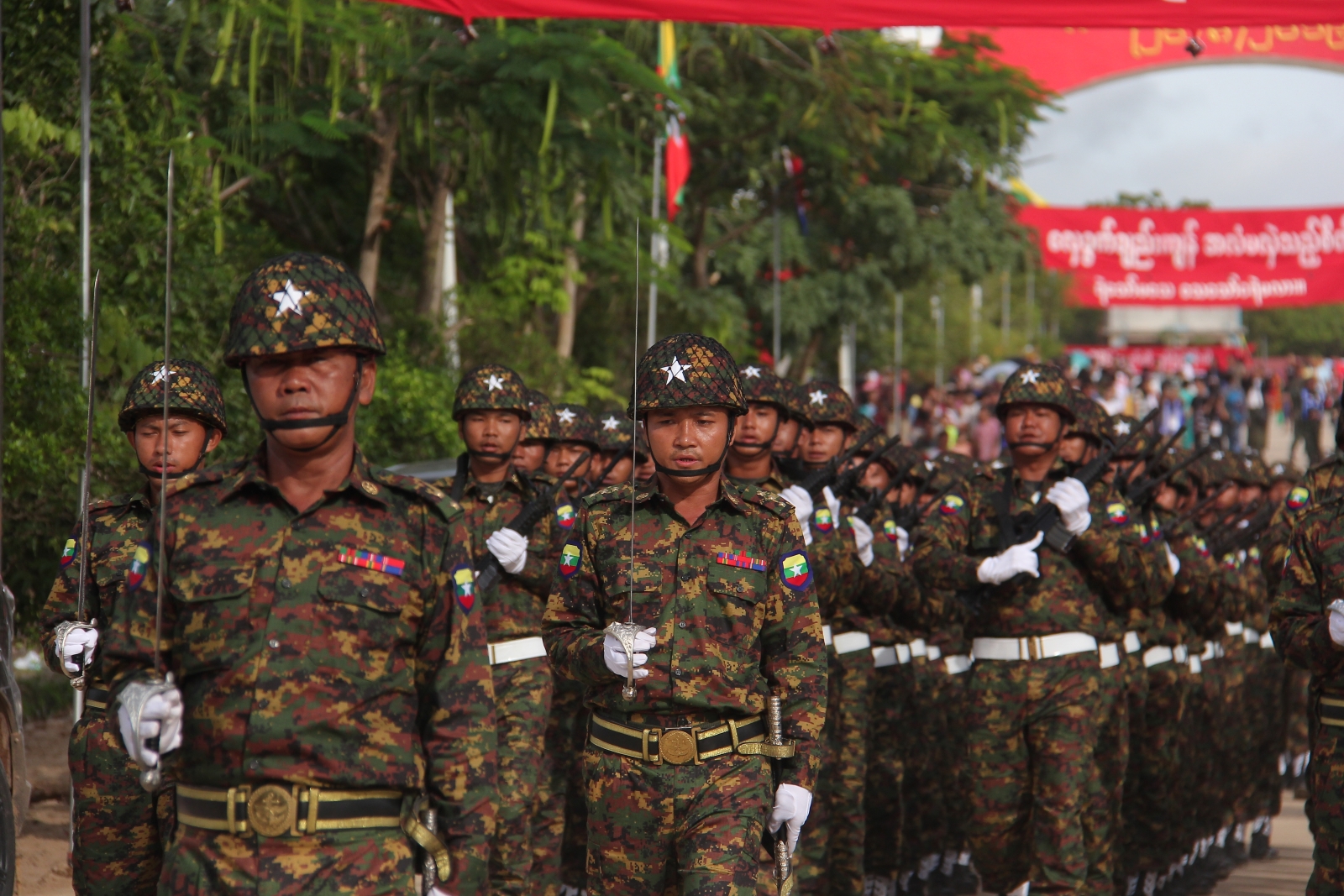Peaceful strategies are proving the most effective at challenging military rule and the new National Unity Government should prioritise them over armed struggle.
By KHINE
Although Myanmar has been an independent nation for 73 years, for more than two thirds of this time it has been ruled by generals. After a decade of semi-democracy, it reverted to military rule on February 1, but the people are determined to finally rid the country of dictatorship and have resisted the coup d’état chiefly through non-violent protests and civil disobedience.
However, the Committee Representing the Pyidaungsu Hluttaw, a group of MPs-elect who represent the ousted civilian government, has publicly said that people have a “right to self defence” when faced with the junta’s violent crackdowns, which have resulted in more than 700 civilian deaths.
In addition, members of the National Unity Government, announced by CRPH on April 16 as Myanmar’s legitimate governing authority, have discussed plans to mount a military challenge to the Tatmadaw. At the NUG’s inaugural online press conference, newly appointed defence minister U Yee Mon said a “People Defence Army” would be raised as a “professional” and “disciplined” armed force, which would later be merged with ethnic armed groups to form a “federal army”.
But these plans remain vague, and the new NUG is faced with a stark choice over whether to prioritise armed revolution or non-violent resistance.
Faced with the Tatmadaw’s brutality, it is easy to justify taking up arms. But looking back on Myanmar’s post-independence history, it is hard to conclude that armed resistance is the most effective strategy for unseating a dictator; and in recent weeks, peaceful strategies have arguably achieved more towards this end than any of Myanmar’s armed insurgencies.
Myanmar’s longest armed struggles have involved ethnic armed organisations, many of which remain influential, including the Karen National Union. When the KNU launched its rebellion amid ethnic tensions in 1949, the year after independence, it came within miles of taking Rangoon, the then-capital. However, as the government gradually regained territory, the KNU retreated to strongholds near the border with Thailand, where it has largely remained since. Other ethnic armed groups have been forced to make similar retreats.
In the past, one of the most powerful armed groups was the Communist Party of Burma. After being defeated by the Tatmadaw in central parts of the country in the early years of independence, it seized the Kokang area of northern Shan State in 1968 with the help of well-equipped Chinese volunteer troops. The CPB force, with many troops and weapons, occupied tracts of territory east of the Thanlwin (Salween) River, including the Kokang and Wa areas in the region known infamously as the Golden Triangle. Fierce battles prevented the CPB from seizing more territory until its collapse in a mutiny in 1989.
Another armed challenge was mounted by the Patriotic Liberation Army, the armed wing of the Parliamentary Democracy Party, which former prime minister U Nu established in the late 1960s after his release from prison. U Nu travelled the world raising funds for the PLA, which operated from a border area under KNU control. The PLA was headed by Bo Let Ya, one of the Thirty Comrades who founded the Burma Independence Army, the forerunner of the Tatmadaw. However, the PLA never posed a serious threat to military rule.
After the military violently crushed the national uprising in 1988, an armed group known as the All Burma Students’ Democratic Front emerged and established bases in areas under the control of the KNU and the Kachin Independence Organisation. It launched attacks on the military but never came remotely close to toppling the ruling junta.
Besides these and numerous other armed struggles, Myanmar’s modern history has also seen flashes of non-violent resistance. These include protests by university students in July 1962 that culminated in the dynamiting of the student union building at Rangoon University, as well as the student demonstrations during the funeral of United Nations Secretary General U Thant in 1974 and workers’ protests the same year. The biggest of all these movements – until now – was the 1988 uprising. Although, like the others, it was brutally crushed by the Tatmadaw, the uprising’s legacy has endured powerfully in the form in the National League for Democracy, which was founded that year.
The crucial element in the NLD’s multi-decade struggle against military rule has been its emphasis on non-violence, as espoused by party leader Daw Aung San Suu Kyi. Her steadfast opposition to dictatorship resulted in many stints of house arrest, as well as the persecution and jailing of many members of the NLD. Despite the oppression, they never wavered in their commitment to non-violent resistance.
The landslide victory that the NLD won in the 2015 general election ensured that it had the numbers in parliament to select the president and form government. The election victory came soon after a big split in the NLD’s main political opponent, the military-aligned Union Solidarity and Development Party. It also followed the invasion from Chinese territory of northern Shan’s Kokang Self-Administered Zone by a Kokang armed group, the Myanmar National Democracy Alliance Army, which the Tatmadaw had ousted from the area in 2009. The ensuing fighting cost many Tatmadaw lives and strained relations with China.
These developments preoccupied the Tatmadaw and are among the reasons why the NLD’s 2015 election victory did not prompt a coup. The military allowed the NLD to rule under the terms of the 2008 Constitution, which reserves considerable powers for the Tatmadaw, including control over the ministries of defence, border affairs and home affairs.
If there had been no coup on February 1, the NLD would have been in power until at least 2026 and the president – with the approval of the National Defence and Security Council – could have appointed a new commander-in-chief to replace Senior General Min Aung Hlaing, who was due for retirement this year. With this trajectory, the Tatmadaw could have eventually been reformed, and it could have bowed out of politics peacefully.
Instead, the generals decided to prevent Aung San Suu Kyi from returning to office after the NLD won another landslide in the 2020 general election. On February 1, she was detained along with President U Win Myint and other senior civilian leaders, triggering widespread protests and the Civil Disobedience Movement, which aims to paralyse the machinery of government.
No matter how hard the military has tried to crush the strikes and protests, it has failed to extinguish them. Both the bureaucracy and the private sector, particularly banks, remain seriously disrupted by the CDM. Many hospitals are barely functioning, if at all, and trains are largely stationary because workers are on strike.
Almost three months after the coup, Min Aung Hlaing’s State Administration Council is yet to function as a government and non-violent resistance has stopped it from consolidating control over the country. The junta is also yet to be properly recognised by any country as the legitimate government of Myanmar, including by its partners in the 10-member Association of Southeast Asian Nations. Western nations have imposed sanctions on military leaders and military-linked businesses, and human rights groups are trying to have junta leaders prosecuted at international courts, making most foreign travel risky for them.
It is understandable that democratic leaders should be considering armed resistance against the junta – after all, its brutal treatment of peaceful protesters and CDM participants has left many hundreds of people dead, including children and women.
But when we reflect both on our country’s history and on recent events, it is clear that non-violent resistance – by people united across ethnic boundaries – is what most shakes the throne of the dictator. The new National Unity Government must consider non-violent opposition as its key weapon in the fight for genuine democracy and federalism.
Khine is the pseudonym of a Myanmar journalist and commentator based within the country.







